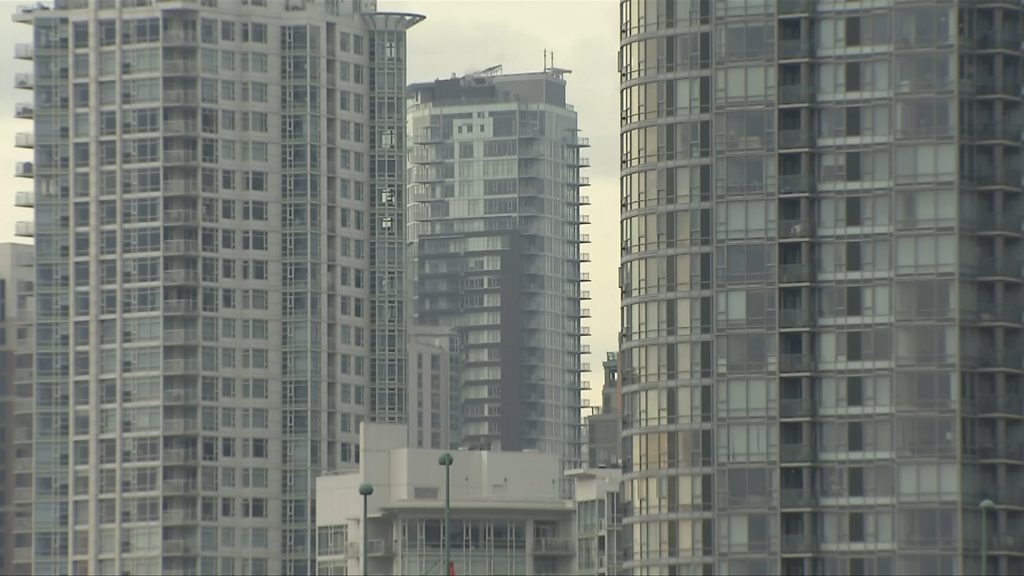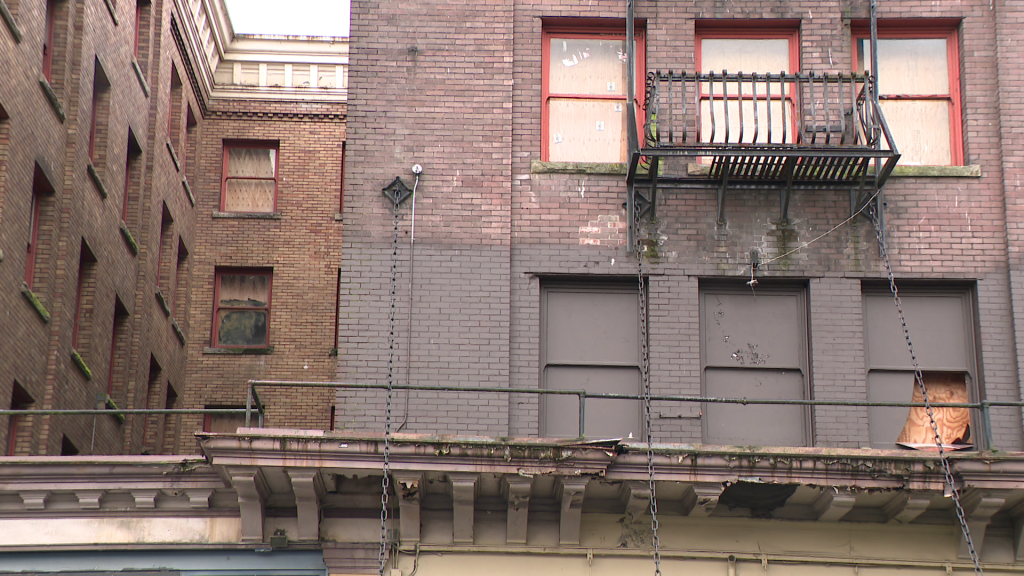BCCDC changes isolation requirements for those with COVID-19 — again
Posted January 19, 2022 9:37 pm.
Last Updated July 5, 2022 9:59 am.
The BC Centre for Disease Control has once again changed its isolation guidelines for people with COVID-19.
“The amount of time you need to self-isolate depends on your vaccination status and age,” said an update posted online Wednesday. That followed an earlier update recommending five days isolation regardless of age or vaccination status.
Now, unvaccinated adults require the longest period of isolation, with 10 days advised. That’s cut in half for those under 18 only being told to isolate for five. This includes children under five who are not eligible for the shot.
Those who are fully vaccinated, regardless of age, are being told to isolate for five days. Visiting “high-risk settings” like long-term care homes or remote communities is to be avoided for an additional five days.
Anyone isolating should continue to do so as long as they are symptomatic.
The guidelines only apply to those who have a confirmed case of COVID-19. Due to high case counts and limited testing capacity, anyone with mild symptoms is told to forego a test and stay home until symptoms subside.
If confused about #covid19 isolation requirements – @CDCofBC has clarity
Under 18 & fully vax – 5 days
Over 18 unvaxxed – 10 days
Everyone must isolate until fever is gone, symptoms improve https://t.co/UY8y4e5aQL#bcpoli pic.twitter.com/7kWRJoclSe— LizaYuzda (@LizaYuzda) January 20, 2022
In Canada, quarantine rules are set by provinces and territories, except as it relates to international travellers. But the Public Health Agency of Canada still recommends people infected with COVID-19 isolate for at least 10 days after they test positive or symptoms begin, whichever came first. No distinction is made based on age or vaccination status.
The US Centers for Disease Control reduced the isolation period to five days in all circumstances last month.
RELATED: Federal, B.C. health officers apparently at odds on COVID-19 cases, N95 masks
In B.C., the guidelines for isolation of close contacts have also been changed.
“At this stage in the pandemic, close contacts are not required to self-isolate or take any special measures,” the agency says, adding testing is no longer recommended.
“A close contact is generally someone who has been near a person with COVID-19 for at least 15 minutes when health and safety measures were not in place or were insufficient. With the spread of the more transmissible Omicron variant of COVID-19, there has been an increase in COVID-19 in our communities and many people will be exposed to COVID-19.”
Contact tracing is only being done in “high priority settings.” These include long-term care and assisted living facilities, hospitals, jails and prisons, shelters, and Indigenous communities after a “high-risk exposure.”
When it comes to close contacts, the federal guidance on isolation varies. Fourteen days of quarantine is recommended after a “high-risk exposure.” These scenarios mostly involve unvaccinated people coming into close contact with a confirmed case in situations where health and safety protocols like mask-wearing and physical distancing are not followed.
With files from The Canadian Press








